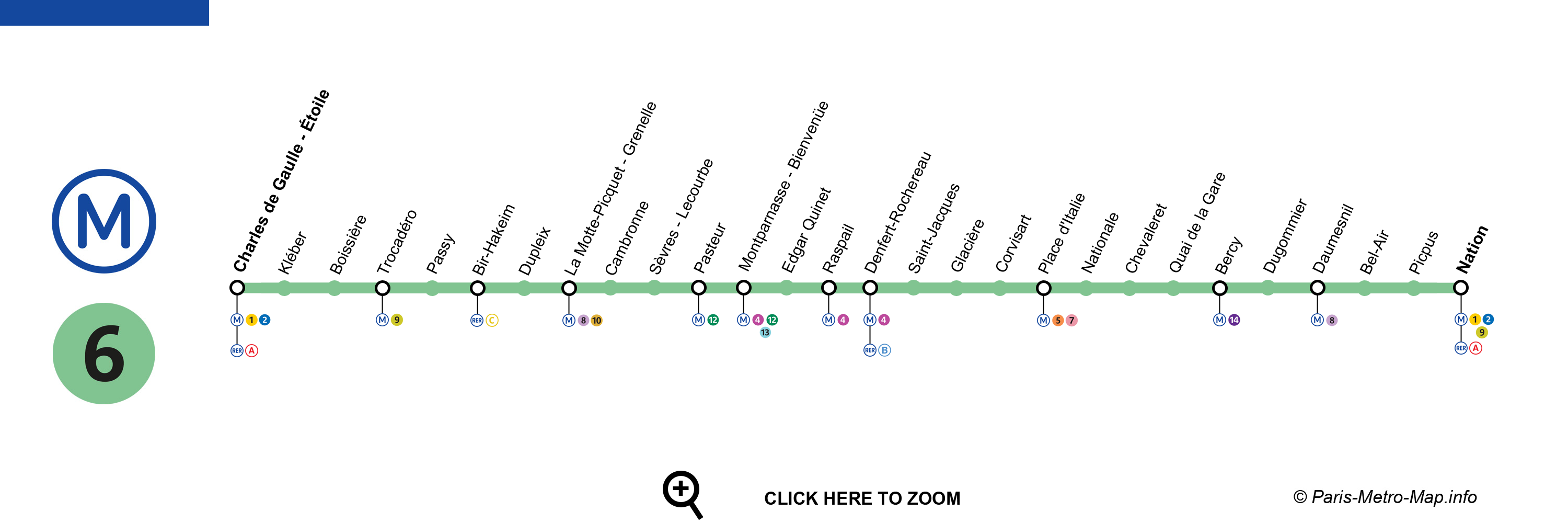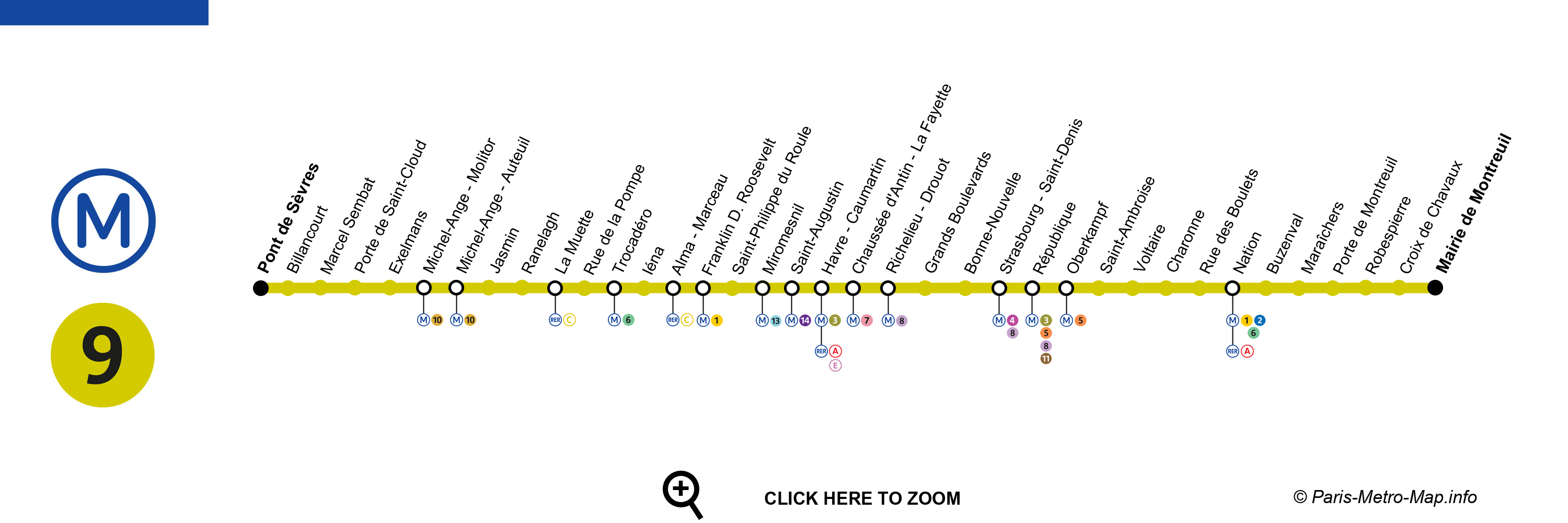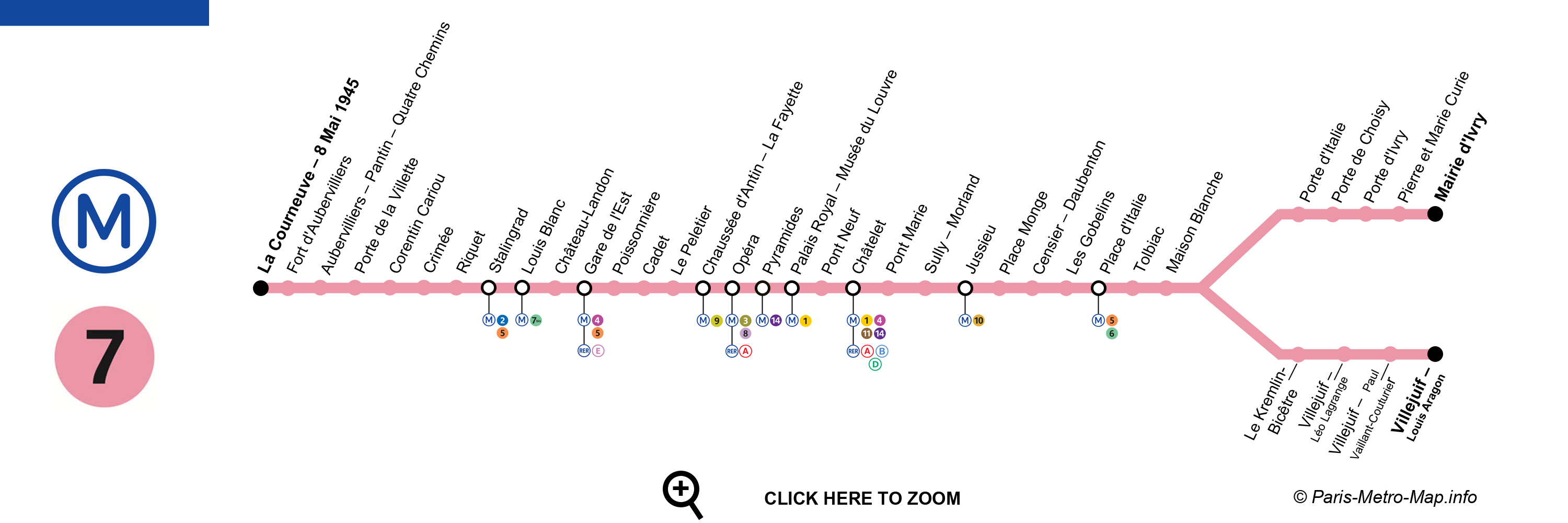Paris is my absolute favorite city on Earth, of the places I’ve been. Visited before I moved from the US to Europe, and now that we’re here, we go I’d say twice a year on average. Sometimes a weekend, sometimes a whole week. It really is an absolutely magical city. Even after probably a collective month and a half of touristing with very few repeat activities (Musée d’Orsay would be one of those exceptions), we don’t feel like we’ve even begun to scratch the depths it has to offer. I was there two months ago, and if you gave me an opportunity to meet you there next weekend, I’d go without hesitation. I cannot imagine ever getting tired of it.
Since this is your first time in Paris and you’re probably wanting to hit the highlights and not just, y’know, bum around for a few days, I’ll respect that, and not suggest a bunch of offbeat sights. Instead I’ll share a few general thoughts and recommendations, and respond to a few things in the thread.
My one major piece of advice is to accept right now that you aren’t going to see everything. Paris is endlessly captivating, street after street, attraction after attraction. I mean, it takes probably three solid eight-hour days to properly see everything just in the Louvre alone. So just acknowledge that, and recognize that you’ll be getting a mere taste of everything on offer. And that means you don’t have to rush. Enjoy your time. Allow yourself to really be there. Don’t hurry from point to point and exhaust yourself. Stroll. Mosey.
In fact, if you can work it into your schedule, I would strongly suggest that you set aside at least part of a day, or better yet a whole day, to simply walk around a single neighborhood — St Germain-des-Prés would be good, or pkbites’s suggestion of the Latin Quarter is also excellent; both are great walking neighborhoods with lots to see. And really pay attention to how differently Paris is organized, compared to an American city. Every neighborhood is essentially self-sufficient, down to micro-sections. Every residential block has a bakery. Every other block has a cheese shop, a wine shop, a patisserie, a butcher, a news stand, a tiny market with fruit and other fresh essentials. Every four blocks is a small hardware store, a book shop, and a laundromat. And so on. And of course, there are coffee shops and cafés everywhere.
Reflect that as big as Paris is, it’s still very much a city on the human scale, designed for people to live in a civilized fashion. Outside your front door, within ten minutes, is everything you need to get through the average day. It’s breathtaking and mind-expanding to really feel the rhythm and scale of life in the city.
And as you’re walking around, watch your step for dog shit, because one of the downsides is that Parisians love their pets and let them crap wherever they want.
The weather in October can be a little unpredictable — warm one day, gray and drizzly the next. And things can change inside the course of a day, too. Layers will be your friend, easily removable and transportable. And if you happen to be there on a particularly chilly week, you will learn the magic of the scarf that you will see every single Parisian wearing. This was one of the first fashion changes I adopted when I moved to Europe: you don’t know how cold your neck is until it isn’t any more.
It takes a deliberate effort to have a bad meal in Paris. They take their food very seriously; a crappy restaurant simply does not last. So here’s a couple of general tips.
First, use Google maps to look at the restaurant, and check the reviews. But you can largely ignore what the comments actually say, because what you’re looking for is (a) reviews going back at least a few years, indicating the place has had staying power, and (b) a majority of reviews that say “translated by Google” with the original being in French. If a lot of reviews are in English, this is a tourist-oriented place. But if they’re in French, you know it’s being patronized by the locals. This will be your much better bet.
Also, here is a key piece of advice: The pace of dining in France is much slower than you’re used to (unless you’re in a fast-food joint or a tourist place that wants to turn over tables). Mealtime is social time. People sit and have a cup of coffee and then nibble on food as they talk and then they get a glass of wine and sip on that and talk and then they nibble some more and then eventually they’re done. The restaurant will not rush you. They expect people to sit for a while. That means, if you’re in a hurry, you need to tell them. In an American restaurant, when you’re done with your meal, the server will offer you dessert, and then put the check on the table without being asked. This is unthinkable in a French restaurant. Don’t get frustrated waiting for the check, thinking you’ve been forgotten; you have to request it specifically.
Another thing about restaurants in Paris, and in French cities generally: It is quite common for them to be open only specifically around mealtimes. In other words, many restaurants close at 3pm so they can prepare for the dinner shift and then re-open at 7pm. If you find yourself with a wonky schedule and want a very late lunch or an early dinner, look for the words “service continu” on the exterior. That means their tables are available from whenever they first open to whenever they last close. It’s true that in the heavily touristed areas most restaurants are continuously open by default, but if you get out of those areas and into the neighborhoods, you’ll want to keep an eye on the clock in terms of your mealtime requirements.
Final note on restaurants, and (unfortunately) my single least favorite thing about visiting the city: If you want to eat outside, at one of the immensely charming patio or sidewalk tables, you have to be ready to breathe cigarette smoke. Parisians smoke at a much greater rate than Americans, and because, by law, there is no indoor smoking, the smokers are all outside. Unless the tables are sparely occupied and you can get some distance from other diners, you will be smelling smoke. If this is okay with you, then fine. But if you have a problem with this, request an interior table. It’s a shame, but that’s the reality.
I certainly agree that pickpockets can be a problem. We know this firsthand — on our trip before last, my wife’s iPhone got lifted out of her purse. It was a huge pain in the ass, but at the same time, we sort of ironically admired the skill of the thief. It was literally two seconds where our attention was distracted, and we didn’t see anything happen. Frankly impressive, though admittedly obnoxious.
It happened in one of the Metro stations along the Champs-Élysées. So that’s my primary caution — anywhere tourists congregate, not just the Eiffel Tower but also the steps of Sacré-Coeur and the plaza in front of Notre Dame and so on, will be a magnet for thieves. Move your wallet and phone to your front pocket, use a cross-body purse and keep it zipped, and otherwise make yourself look uninviting. Pickpockets want a quick and easy mark, so if you look like additional effort, they’ll probably move along. Oh, and if somebody comes up to you and wants to give you a gift of a bracelet, they’re a pickpocket’s partner; while the bracelet is being attached to your wrist, the accomplice will be unseen behind you.
I don’t mean to make this a bigger deal than it is; like I said, we’ve been there probably twelve or thirteen times, and only once has one of us had a problem. Just stay aware and keep one hand on your valuables.
(Postscript, because we were on the Champs-Élysées when my wife’s iPhone was stolen, we hopped up to the Apple Store on the avenue and had the phone locked down within ten minutes. No way to get it back, but it becomes an unrecoverable brick the thief can’t do anything with. So depending on what kind of phones you have, you might want to install mutual “find my phone” apps on one another’s devices.)
Very much agree. The Paris Metro is world-class, truly excellent, and very easy to use. You can get pretty much anywhere in the city within 40, maybe 45 minutes, with a maximum of 5-10 minutes walk at either end and no more than 30 minutes on the train. For the kinds of places you’ll be seeing, your rides are very likely to be a lot shorter than that.
As you navigate the Metro system, there are basically five pieces of information you need to know: the starting point, the line, the direction, the final stop, and, optionally, the intersections.
Here is a sample map diagram, for the M1 line. This exact type of diagram is posted above the door inside every Metro train, and there are vertical versions in every station. I’m choosing this one specifically because the La Defense terminus is very close to your hotel, and this is the line you’re likely to be using the most.
https://www.ratp.fr/sites/default/files/lines-assets/plan-de-ligne/metro/plan-de-ligne_metro_ligne-1.1616803202.png
So let’s say you want to see the Arc de Triomphe. This is located in the middle of Place Charles de Gaulle (historical name Place de l’Étoile). On the M1 line, you can see this is a named station, six stops away from La Defense. So that’s three of your key pieces of information: La Defense > M1 > Charles de Gaulle. Or if you’re going to the Louvre, that’s a further six stops on the same line.
When you go into a terminus station like La Defense, the train is traveling only one direction, so there’s only one way to go down to the platform. But if you enter a station anywhere in the middle of the line, you need to choose the correct platform based on the train’s direction of travel. This is identified by the final stop on the line. This is the fourth piece of information, and probably the most important for getting around.
Let’s say, for the sake of argument, that you want to use the Les Sablons station. As you enter, you will see signs giving you a choice between “La Defense” and “Chateau de Vincennes.” Note on the diagram above that these are the endpoints of the line. If you are going back to your hotel, obviously you choose La Defense. But if you’re going to the Louvre, you choose Chateau de Vincennes. You’re not going to Chateau de Vincennes, but that’s the train direction you want. You get on that train, you travel nine stops, and you get off. Easy peasy.
(Two things about getting on and off the Metro. First, most of the trains have been modernized, and the doors open automatically. But on some lines, they’re using older trains where you have to manually trigger the doors. There will be either a green button, or a silver flip-handle. When the train comes to a stop, if a Parisian isn’t already there to get the door, you’ll need to do it yourself. And that brings me to the second thing: Paris Metro trains are fast at the station. You’ll be amazed how short the pause is between the train stopping and when you hear the warning horn. So when it’s time to get off, be ready to get off, and keep your party together. And if you’re waiting for a train, and it arrives and is crowded, be prepared to wait for the next one, rather than trying to cram yourself inside. It’s very rare to wait 10 minutes for a train; during the main part of the day, it’s usually half that time. Very efficient.)
Now let’s say you want to get from your hotel to the Trocadero, because you want to get some of those iconic tourist photos of the Eiffel Tower across the river. (Note, the Trocadero is another pickpocket hot spot.) Looking at the line diagram above, you don’t see Trocadero as a stop. However, note that underneath many of the stops are M2, M3, etc. symbols. These indicate the station serves multiple lines, and you can simply transfer from one train to another. When you transfer from one line to another within a station, you don’t exit the gates and re-enter; everything is internal to the station. You just follow the line and direction signs to the next platform.
The Trocadero station is served by lines M6 and M9. Let’s look at their diagrams.


One end of M6 is Charles de Gaulle, which we already know is on the M1 line. And on M9, we see an intersection point with M1 at Franklin D Roosevelt. So, immediately, without knowing anything else, you know you have two options for getting to the Trocadero, taking the M1 from La Defense.
- You go six stops to Charles de Gaulle, transfer to the M6 (whose only direction from here is Nation), go three stops, and get off. Or,
- You go eight stops to Franklin D Roosevelt, transfer to the M9 in the direction of Pont de Sèvres, go three stops, and get off.
Intuitively, the first option seems shorter, because you’re going two fewer stops, which means you’re not backtracking as much. But really, we’re talking about the difference between a 22-23 minute journey (including walking) and 26-27 minutes, most likely.
One more thing to mention about the Metro. You probably won’t run into this, but it can be confusing the first time, so on the off chance this is useful, I’ll include it. Look at this map:

Two Metro lines split at one end (7, above, and also 13). One of them splits in the middle (10). All you need to know is that all the stations not on the split are common. The split ends designate the final destination, but until the split, the stations are the same.
Let’s say you’re starting at Cadet, and you want to go to Châtelet. In the Cadet station, the platform heading your direction will be labeled “Mairie d’Ivry / Villejeuf,” and on the platform you will see alternating trains (probably) with one of the two endpoints designated. Either one will take you in the correct direction, and to your stop. You need to worry about choosing the correct train only if your destination is on one of the splits.
And one final, final, final note about the Metro — if you are seated on a very full train, and an elderly person boards close to you, get up and offer that person your seat. This is hard-and-fast rider custom. Don’t hesitate. Just do it.
Okay, that’s enough about the Metro.
Sainte-Chapelle is absolutely stunning. When I walked up those steps and saw the stained glass, I literally went weak in the legs and couldn’t breathe for several seconds. It was the same reaction I had when I entered the Sistine Chapel, or when I saw the Last Supper in person. Utterly transcendent, and deserves to be mentioned as a wonder on the scale of those two icons.
That said, I wouldn’t put it on the must-do list for a first-time Paris visitor. You have to spend a lot of time in line, and then there’s really only 30-40 minutes of viewing inside. There are higher-priority sights that can be seen more efficiently.
But a second visit to Paris, now… 
Guédelon is super cool, but it’s also not something I’d recommend to a first-timer, primarily because there’s basically nothing else around. The castle is the destination, full stop, and then you move on. It’s highly recommended if you’re already on a road trip and can make it a midpoint visit, but unless you’ve got serious historical interest, I’d put it on the back burner otherwise.
OK, that’s enough for one message. If you have questions, don’t hesitate. I love Paris and would love to help you have the best possible time.


